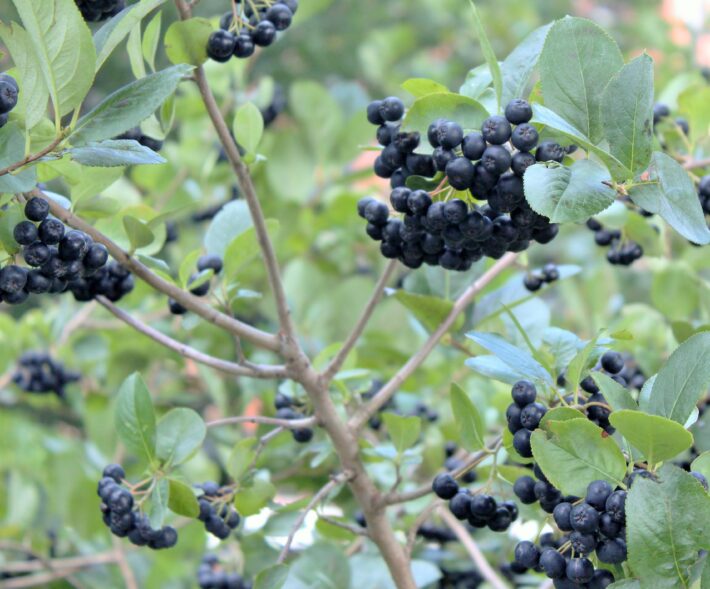
Stephanie Scoufaras, a first-time visitor to the High Line, took her 4-year-old daughter Natalie for a stroll in the park. When she noticed her daughter trying to eat a patch of dark berries, Scoufaras intervened, just in time. She didn’t see a warning sign, but worried that the berries could potentially be hazardous.
Underneath the High Line, near the Whitney Museum of American Art, is a list of park rules prohibiting activities including, “walking in planting beds” and “picking flowers or plants.” However, because of its obscure placement on the High Line office elevator door, the sign is often overlooked by visitors.
According to Andi Pettis, the director of horticulture for the High Line, “There are at least 12 species of shrubs on the High Line that have berries or similar fruit.” Most of them, called “serviceberries” and “hollies,” are specifically planted to cater to birds during the winter months, she said.
Though some of these shrubs are safe for human consumption, that’s not always the case.
In October 2016, a two-year-old nearly died after eating a red berry at the Asser Levy Park in Kips Bay. The fruit was later identified as a yew berry and was subsequently removed from the area.
Though yew berries do not grow on the High Line, a similar berry that could be toxic does. The chokecherry, often confused with the Viking black chokeberry, grows near West 32nd Street in the park. The skin of the chokecherry is safe to consume, but the seeds contain a cyanide-like poison.
But Pettis said they don’t really pose a threat to the public.
“In order for chokecherries to kill someone, or even make them sick, they would have to eat a whole lot of seeds in one sitting — tens of pounds,” she said. “There are trace amounts of cyanide in almonds and apple seeds, for that matter.”
If an individual were to get sick or poisoned by a plant in a public park, there are park enforcement patrol officers that can help, said Kelly Krause, press officer for New York City Parks and Recreation.
“While PEP officers and Urban Park Rangers are first responders trained in CPR and first aid,” she said, “we suggest seeking medical attention immediately if you become ill from eating a plant in a park.”
It is against New York City Department of Parks and Recreation regulations to pick flowers or plants in public parks. Due to the recent trend of mass foraging in parks, the city has issued fines of up to $250 dollars against foragers.
Frequent park visitor Synthia Tan was unaware there were laws against picking berries. “I didn’t know that at first. That’s why I picked one,” she said. “I thought they were edible for any who walked by.” Tan said she wouldn’t have picked one had she known there was a regulation or had seen a sign.
Scoufaras said that protective barriers or fences would diminish the allure and freedom of the man-made gardens.
“I like that it’s nice and really open and you can see everything,” she said. “Just leave it to the parents to be responsible for their own kid. The more barriers and restrictions you have, then it kind of takes away from the whole thing.”
Pettis said that plants are only labeled during events for special horticulture programming. “We do not have plans to do any park-wide plant identification signs,” she said. Instead, she advises that visitors take precaution before eating what they cannot identify themselves.
“I do not recommend to eat anything anywhere that you do not know,” said Pettis. “You don’t know exactly what it is or if it’s edible.”